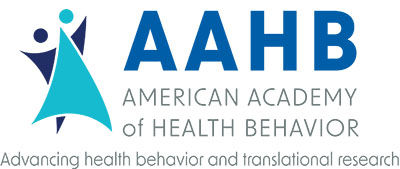|
Scientific Meeting 2023 - Lightning Talks Day 1
Monday, March 13 |
Presenter: Timothy Grigsby Exploring the causes and consequences of homelessness among sexual and gender diverse adults in TexasGrigsby, Timothy, J; Ramos de Oliveria, Clarianna, V; Serafica, Reimund; Salcido, Robert; Stone, Amy; Schnarrs, Phillip, W Purpose: Sexual and gender minority (SGM) individuals are overrepresented among youth and adult homeless populations. This study characterized correlates of first time homelessness (never, childhood, adulthood), and assessed the relationship between homelessness and mental and behavioral health indicators in a sample of SGM adults in South Texas. Methods: Data are anonymous, self-reported survey responses from a larger study of SGM health in South Texas (N=1,022; majority homosexual [57.2%], cisgender [87.1%]). Multinomial logistic regression models were used to assess correlates of first-time homelessness. Logistic regression models–controlling for sexual and gender orientation, age, ethnicity, and current annual income–assessed relationships between homelessness and past year alcohol or other drug (AOD) problems and Patient Health Questionnaire (PHQ-4) positive screens for depression and anxiety. Results: 2.8% of participants experienced homelessness in childhood and 11.7% reported homelessness in adulthood. The relative risk of experiencing homelessness as a child increased for those reporting they received free lunch (RRR=8.79,95%CI=3.03-16.59) and with every additional ACE reported (RRR=1.70,95%CI=1.40-2.07), while adult experiences of homelessness were associated with identifying as transgender (RRR=1.83,95%CI=1.08-3.11), receiving free lunch as a minor (RRR=1.85,95%CI=1.96-2.93), and with increasing ACE scores (RRR=1.36,95%CI=1.26-1.47). Depression was associated with homelessness in childhood (AOR=3.53,95%CI=1.44-8.67) and adulthood (AOR=2.08,95%CI=1.30-3.32), but only adult homelessnss was associated with anxiety (AOR=2.46,95%CI=1.58-3.84). The odds of experiencing an AOD problem was greater for those homelessness in childhood (AOR=4.31,95%CI=2.02-9.17) or adulthood (AOR=2.27,95%CI=1.36-3.80). Conclusion: Structural and individual factors are associated with homelessness in SGM populations. Longitudinal research is needed to develop well-informed, culturally sensitive prevention and intervention programs. |

